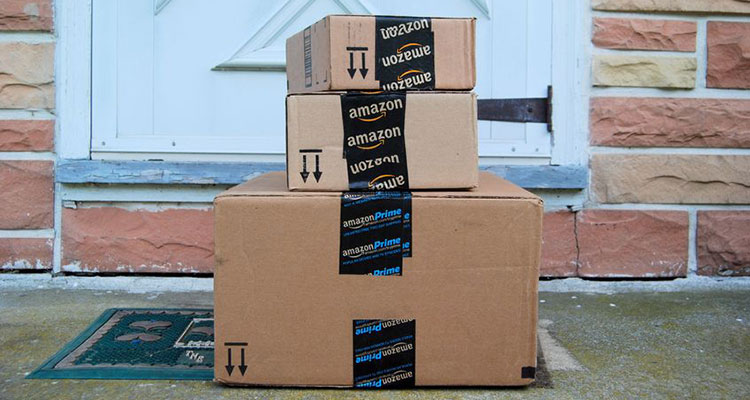
Amazon Prime and Selling to Churches
The reason why Amazon pushes so aggressively on Prime is that members spend more — a lot more. It’s been reported that Prime customers spend somewhere in the realm of three to five times as much on Amazon every year as their non-Prime counterparts. Think about that. Three times in revenue for what ends up costing the company a tiny fraction of margin. The Prime experiment will go down in history as the second great proof of Jeff Bezo’s brilliance, with the first being the bet that people would eventually choose to buy more online than at a brick-and-mortar store.
Whereas Amazon Prime is an undisputed success at the world’s fastest growing and largest retailer, the principle of removing small barriers to entry for purchases is a key step in building a repeat sales business. For the AVL industry selling to churches, the concept is similar: If you find the perceived barriers that keep churches from making multiple micro-transaction purchases, then several larger transaction purchases will follow. More to the point, many of those purchases can come through your business.
Lease, Rent, Purchase
Part of the dilemma church tech purchasers face is that the last-minute nature of technology is based on fast-moving decisions such as a change in sermon series or the decision to launch a needed overflow video venue for a church outgrowing their facilities. Tech isn’t generally all that cheap, so the budget requests add up quickly when a large request is needed with little time to plan for it. So, the church stretches what they have and reduces scope a bit to try and not spend as much. But what would happen if there was a relationship with a systems integrator and trusted manufacturer to make incremental purchases every few weeks or months and add short-term lease options for technology that is needed now but may not be needed six months from now? Whereas Amazon Prime found the cost of shipping to be a purchase limiter, your firm may find that cash outlay may be the bigger issue than a church’s ability to work with a flexible lease.
Small purchases and upgrades are easy to justify. It’s the larger ones that are deal-breakers for church technical arts departments, so the need for a lease makes sense. The idea of changing out large-ticket items means the church can meet their needs for today and have the flexibility to plan for future contingencies. Also, the church isn’t stuck with any technology that is easily replaced by something faster/better/cheaper down the road. This opens up the possibility for creating a resale program of gently used equipment for yet another sale to another church client.
Beyond leasing, churches often prefer to rent gear to see how it works in their venues before making a significant purchase. However, long-term rentals are greatly reduced in price and provide a good value for the church and keep inventory from sitting un-rented on shelves.
The idea I’m pitching here is that there are multiple revenue streams that can be opened up if the AVL industry aggressively provides solutions to these perceived problems.
Selling Just Enough, Just in Time
The iterative nature of church technology requests means that there will be a growing number of opportunities to provide just enough tech, just in time to meet the timelines and time frames of churches. The Amazon model of having what they need immediately available — even last minute — and getting it to the client quickly is one that would translate well to the house of worship AVL market.
The idea of micro-transactions is to help churches scale their technology up and down a tiny bit at a time, incorporating the technology into sermon series or special events (Christmas, Easter) as they have a little bit of budget to make incremental additions or temporary rentals/leases. This should, of course, apply to both equipment purchases and any consumables (lamps, bulbs, filters, extra cable, etc.). Why wait for the beginning-of-budget-year sale when you can create a lot of micro-sales all year long? The idea I’m presenting is not about one-off sales; rather, the purpose is to create multiple buying/leasing/renting opportunities that allow churches to say ‘yes’ more than they kill the deal.
Generally, churches have fairly consistent revenue streams, but there are months where cash flow is more restricted. This varies from church to church, but the opportunity is to make adding, replacing or upgrading technology as simple as possible so that large cash outlays are not required each and every time. This is how Amazon Prime made it easy for consumers to shop a little bit at a time and still end up spending three times more than the non-Prime members.
Selling to churches? Learn from Amazon Prime.
How are you shifting your business to sell more often to churches? Share your opinions and experiences in the comments below.